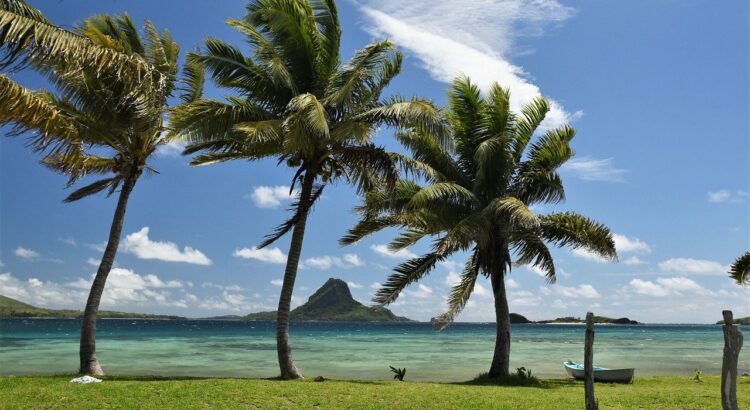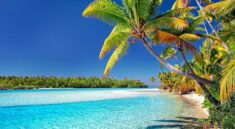Fiji Islands are a group of islands which are located in the South Pacific Ocean close to New Zealand and Australia. The Republic of Fiji is an island country in Oceania which consists of more than three hundred islands out of which a hundred and ten islands are permanently inhabited. Nearly 87% of the total population lives on the two major islands of Viti Levu and Vanua Levu and thrives on the tourism industry. The people of Fiji are extremely warm and welcoming because family and friendship are given a lot of value in their culture. Apart from its natural beauty, the warm nature of the people is one of the major reasons why it has a large and thriving tourism industry which sees the inflow of thousands of tourists every year. Here are a few facts about the Fiji Islands that you should know before you visit the place.
The Fiji Islands are volcanic in origin
Fiji Islands are made of 332 islands and 500 islets which are a result of volcanic activity. They started appearing 150,000,000 years ago when the volcanic lava cooled down to form a group of islands. A major part of the population lives on the coastal region of the Viti Levu Island since the central part of this island has a rough terrain.
Cannibalism is a significant part of Fiji’s history
Among the facts about the fiji Islands, an interesting fact is that before the introduction of Christianity, cannibalism was an integral part of the Fijian culture. The exact reason for cannibalism in Fiji is not known but it is thought that it could be due to the lack of animal meat or the fact that people believed that eating someone else’s flesh allowed them to the gain the knowledge of that person. Archaeological evidence suggest that cannibalism was prevalent in Fiji for about 2500 years. Reverend Thomas Baker who went to Fiji along with 7 followers were the last recorded victims of cannibalism in Fiji.
The Fiji Islands were once ruled by the British
The Fiji Islands fell under the British rule after a number of Fijian Chiefs signed the Deed of Concession. The British government ruled over the Fiji Islands for nearly a century starting from the year 1874. The Fijians gained independence from the British in 1970 to become the Dominion of Fiji.
Fiji has a sizeable amount of Indian population
A major part of the population of Fiji are Indians who are the descendants of the laborers who came to Fiji from the Indian states of Bihar and Uttar Pradesh. They came to the Fiji islands to work in the local industries, particularly that of sugarcane. In fact at one point of time there were more Indians on the Fiji Islands than the indigenous Fijians as revealed by the 1946 census.
Fiji has three official languages
Fiji is multicultural nation which had three official languages of communication: English, Fijian and Fiji Hindi. Fiji Hindi is mostly spoken by the large Indian population that lives on the island. The English language is taught in the schools to make it easy for the locals to converse with the tourists.
The most important sport in Fiji is Rugby
Introduced by the British, the game of rugby is extremely popular in Fiji Islands and is considered to be their national sport. The Fijian national rugby team is among the most successful teams in the entire world and they are a pro at playing the seven aside form. This team has won gold at the 2016 Summer Olympics and has won the Hong Kong Sevens event 15 times.
Fijians still use the traditional cooking methods
One of the reasons why the Fijian cuisine is so flavorful is because the Fijians still use traditional cooking methods which includes underground pits called lovo pits. The use of lovo pits is popular especially for cooking huge quantities of food since they are very efficient.


